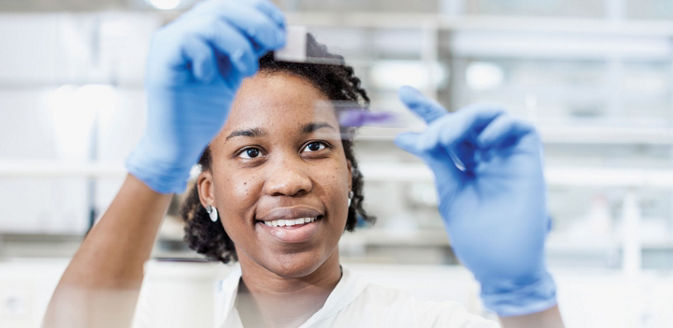HER2, also known as Erb-B2 Receptor Tyrosine Kinase 2 (ERBB2), is driving new developments across a variety of cancer types
HER2 is well-established biomarker with a history of prognostic and predictive utility. Overexpression and amplification of this oncogene drives deregulation of several key signaling pathways. It is through this deregulation of cell signaling that HER2 can promote cell growth, proliferation and apoptosis. However, we now have evidence showing that HER2 may play an important part for understanding solid tumours.
- Amplification or overexpression of HER2 occurs in approximately 15-30% of breast cancers and 10-30% of gastroesophageal cancers. Overexpression of HER2 has also been noted in cancer of the ovaries, endometrium, bladder, lung, colon, head and neck.1
Reignited interest in the potential of HER2-related applications stems, of course, from the impact of its ground-breaking beginnings.


